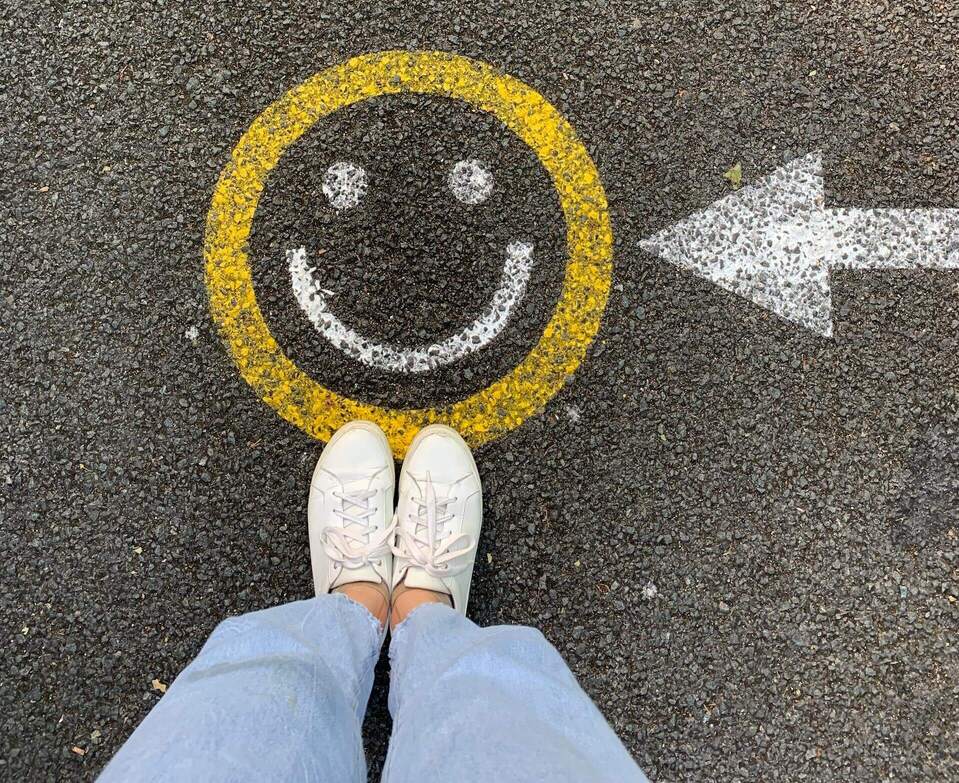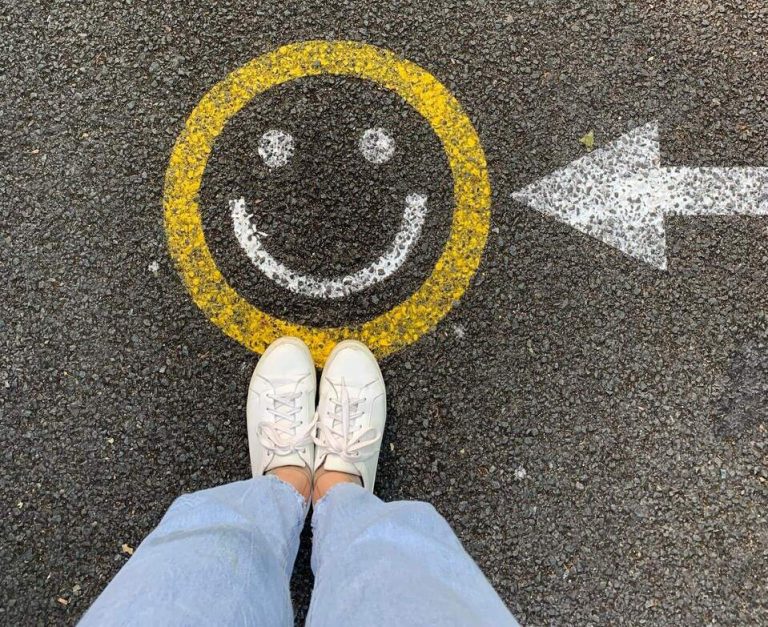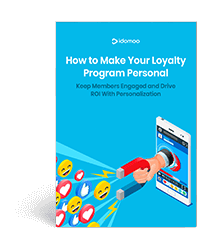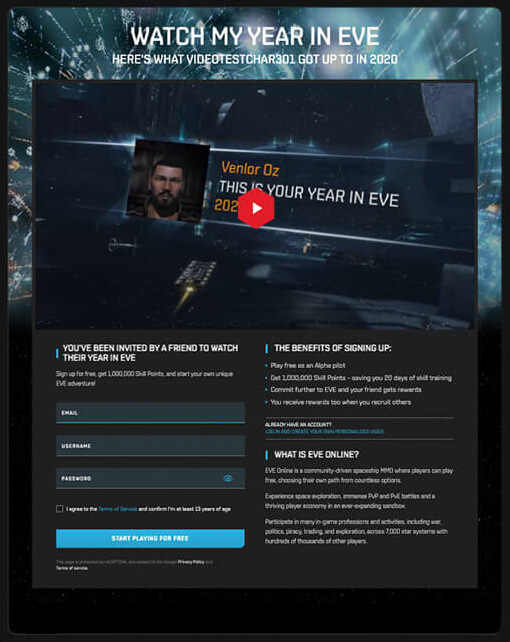Why bother keeping an eye on your current customers if there’s a whole world of potential new customers ripe for the picking, right?
Unfortunately for everyone, that seems to be the mentality of quite a few businesses, and it couldn’t be more wrong. While there may be a short-term gain in acquiring new customers, a model that primarily focuses on converting new versus keeping old customers will lose in the long run.
Understanding the importance of customer retention is the first step in building customer brand loyalty, which is to say, establishing a group of people who regularly choose your brand over competitors regardless of price and convenience.
Having this loyal base not only stands to improve your bottom line — after all, it costs 7x more to acquire new customers than it does to retain existing ones. It also allows you to fearlessly experiment with new offerings, get valuable feedback and benefit from a number of other advantages.
Keep reading to learn the top 4 reasons why you shouldn’t ignore the importance of customer retention.
1. Retention Efforts Today Impact Revenue Tomorrow
Adobe reported that online retailers spend nearly 80% of their digital marketing budgets acquiring shoppers. In the U.S., though, 40% of revenue comes from only 8% of all visitors. And who are the 8%? Returning or repeat purchasers! In fact, the revenue of one repeat customer is equal to 5 new shoppers in the U.S. and 7 new shoppers in Europe.
Post on
We can also consider the flip-side: 67% of consumers have become “serial switchers” who are more than willing to switch brands because of poor customer experience. This lack of loyalty, which stems from bad experiences and weak retention efforts, is costing U.S. businesses up to $75 billion a year.
Simply put, customer retention is a more valuable pursuit than acquisition — it’s making the most of what you have and making what you have work for you.
It doesn’t have to be complicated. Getting your customers to stay loyal to you is about continually adding value to their lives and reminding them of it. It’s about valuing them as unique individuals through personalized communication and developing a solid relationship.
Watch the video above to see how Vodafone sent a personalized thank-you to their rewards members. Sprinkled throughout are reminders of each customer’s experience. Plus there’s a special offer. And it’s all data-driven, so it’s unique to that individual.
Fun fact: These kinds of Personalized Videos have helped our clients in the telecommunications industry reduce churn by up to 37%!
2. Loyal Customers Reach More Customers
People are strongly influenced by referrals from friends and family. To put that in numbers:
- 81% of consumers say their purchase decisions are influenced by feedback from acquaintances.
- 30% say they’re more likely to respond to brand offers when they’ve been shared directly by a personal connection.
It’s worth noting that millennials specifically are very vocal about their brand opinions, whether positive or negative:
- 70% of millennials feel a responsibility to share feedback with companies, whether the experience was good or bad.
- 50% will also share their brand preferences on social media.
Word of mouth brand endorsements carry a lot of weight among consumers, so let your customers be your own grassroots marketers. In general, people are 4x more likely to buy when referred by a friend.
Customers’ honest opinions about your service, products and brand image carry more sway with fellow consumers than what you have to say about yourself. Focusing on optimizing the experience of current customers will guarantee the reviews they share attract, instead of repel, new business. This can have a big impact on revenue over the long term — the customer lifetime value of new referred customers is 16% to 25% higher than those who find you on their own.
For tips about increasing customer satisfaction, check out our blog: 7 Ways to Make a Good Retention Rate Even Better.
Strategy Highlight: Ready-to-Share Content
With your most loyal customers ready to share their experiences online, help them skip a step by creating shareable content that’s ready for them to post. This gives you some control in how your brand will be presented to others while encouraging customers to be brand ambassadors.
Remember that this content should be personalized for your customers. It’s social media, after all. People like to share content as it relates to themselves, whether it’s their most-played songs or video game rankings.
Here’s an example of a Personalized Video from EVE Online that customers loved and shared on social media.
Imagine you’re an EVE Online player and the video above is personalized with your avatar, photo, amazing stats and experiences. Wouldn’t you want to share it with the world?
As your customers share the content you create, you get exposure to their networks and, ideally, more referrals! To make referrals easier, you can even create landing pages for potential new customers as EVE Online did for their campaign.
Quick tip: Make sure you know your numbers. Figure out just how well your current retention efforts are doing by reading our guide on how to calculate retention rate.
3. Loyal Customers Are More Profitable
Customers who aren’t engaged with a brand tend to make purchase decisions based on price and convenience.
This means that when costs rise with one brand — a sometimes necessary business decision — disengaged customers will churn and seek a better deal elsewhere. Loyal customers, on the other hand, are much more likely to stay.
More than that, loyalty generates quantifiable value for businesses. Paid loyalty programs, like Amazon Prime, were found to have customers that were:
- 62% more likely to spend more on the brand
- 43% more likely to buy weekly since joining
- 59% more likely to choose the brand over competitors
Netflix, which enjoys a large segment of dedicated subscribers, leaned into these findings when they laid out plans for a price increase a few years ago. Business.com explains:
The company thinks that because these people have been with the service for this long there’s no need to worry about them leaving in revenge.
This reveals the strategy Netflix has been adopting for some time. The idea was that if customers became used to the service they would be less likely to abandon that service if something adverse happened.
The same is true for customers loyal to any type of business. As you implement price and policy shifts, your most engaged customers are the ones who will trust you enough to stick around and ride out the changes.
Of course, winning loyalty doesn’t just happen. Like any relationship, it thrives with meaningful communication.
Think about it. These customers are the ones who are most interested in your actions and expect to be kept in the loop. Why wouldn’t you stay in touch 1:1 with every single one of them?
Data-driven video makes it possible. By communicating personally but still through a digital medium, you add a human touch that fosters loyalty and a stronger brand connection.
4. Loyal Customers Help Define the Brand
Finally, let’s not forget the most important part of loyalty. Who you are!
A lot of the fun in running a brand comes from innovating your product and service lineup. Glitzy marketing and branding campaigns aside, your product or service is why your loyal customers care about you in the first place. But it’s definitely not fun to introduce updates that no one engages with.
Because repeat customers enjoy doing business with you and have bought into your brand philosophy as well as your products, loyal customers will look for ways to grow and deepen your relationship.
These are the people who are more likely to peruse your brand’s other offerings and expand their purchases into other products or services. What’s more, they’re the ones who are actually excited for new products and will share their excitement with others, bringing us back to the whole word-of-mouth point.
With launching something new, connect with your excited and loyal customers by addressing them one-on-one. Add elements of personalization to your messaging in order to draw them in and signal that you see and appreciate them as an engaged customer.
Better yet, make it easy for them to share the news with others. The possibilities with this are endless. Design a fun promotional filter for them to use on social media. Send a referral offer that they can pass along to others. Or allow them to create and send their own brand videos, adding names of their friends with a simple form. You can try it yourself below with this thank-you campaign for essential workers during the pandemic.
The Bottom Line for Customer Retention
Don’t underestimate the importance of customer retention. Focusing on retention is the first step in building a community of people who care about your brand and your products.
Instead of throwing all your resources behind building a larger pool of customers, create an environment where people feel good about the purchases they make. They’ll then make larger, more frequent purchases, share their brand enthusiasm with their friends and remain loyal through changes. That’s why you shouldn’t ignore the importance of customer retention.
To learn more about leveraging video to boost retention, get in touch at the link below.







